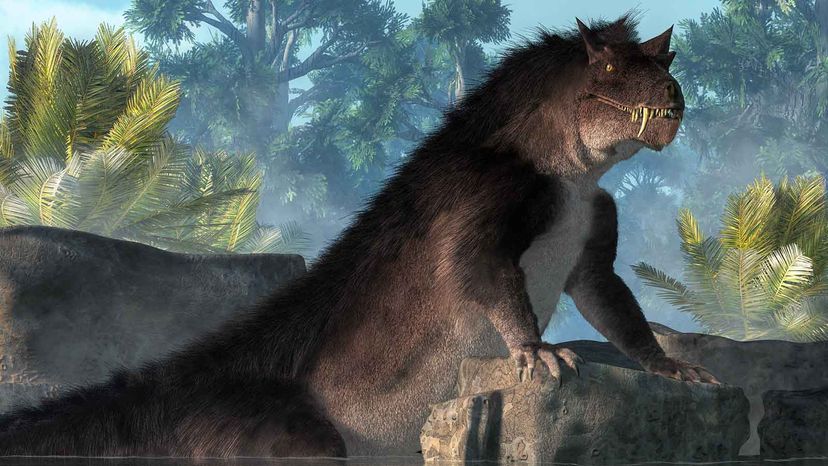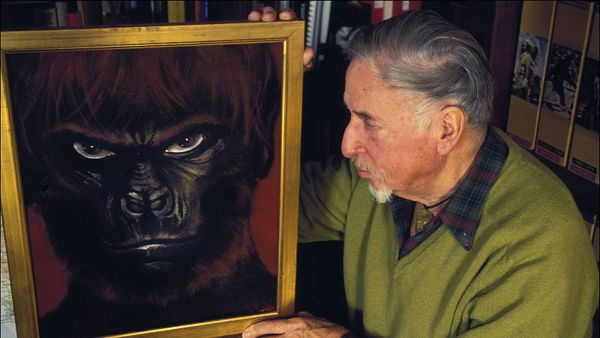"Everyone who has lived in Australian [sic] has heard of the Bunyip," wrote Rosa Praed (1851-1935), a novelist who grew up in Queensland. Few, though, live to tell the tale of an encounter with one.
Her 1891 short story "The Bunyip," considered a classic work of gothic horror, explains the beast:
The Bunyip is said to be an amphibious animal and is variously described: sometimes as a gigantic snake; sometimes as a species of rhinoceros, with a smooth pulpy skin and a head like that of a calf; sometimes as a huge pig, its body yellow, crossed with black stripes. But it is also said to be something more than animal, and among its supernatural attributes is the cold, awesome, uncanny feeling which creeps over a company at night when the Bunyip becomes the subject of conversation.
Praed was taking her cues here from folk stories and oral traditions passed down by countless generations of Aboriginal people. The word "bunyip" is thought to derive from "banib," the name given to a water spirit by Aboriginal speakers of the Wemba-Wemba language, which hail from present-day Victoria, Australia.
According to their legend, the bunyip is a man-eating monster who lives in the rivers, lakes and swamps of Australia. The bunyip's frightening bellow deters people from entering the water, and at night, it hunts for women and children.
Many Aussie regions have their own native myths and legends about river creatures. "[At] Hunter River in New South Wales, Aboriginal people referred to equivalent water spirits as the wawee, or variously as wauwai, whowie and wowee," Fred Cahir, Ian Clark and Philip Clarke wrote in their 2018 book, "Aboriginal Biocultural Knowledge in South-eastern Australia: Perspectives of Early Colonists."



